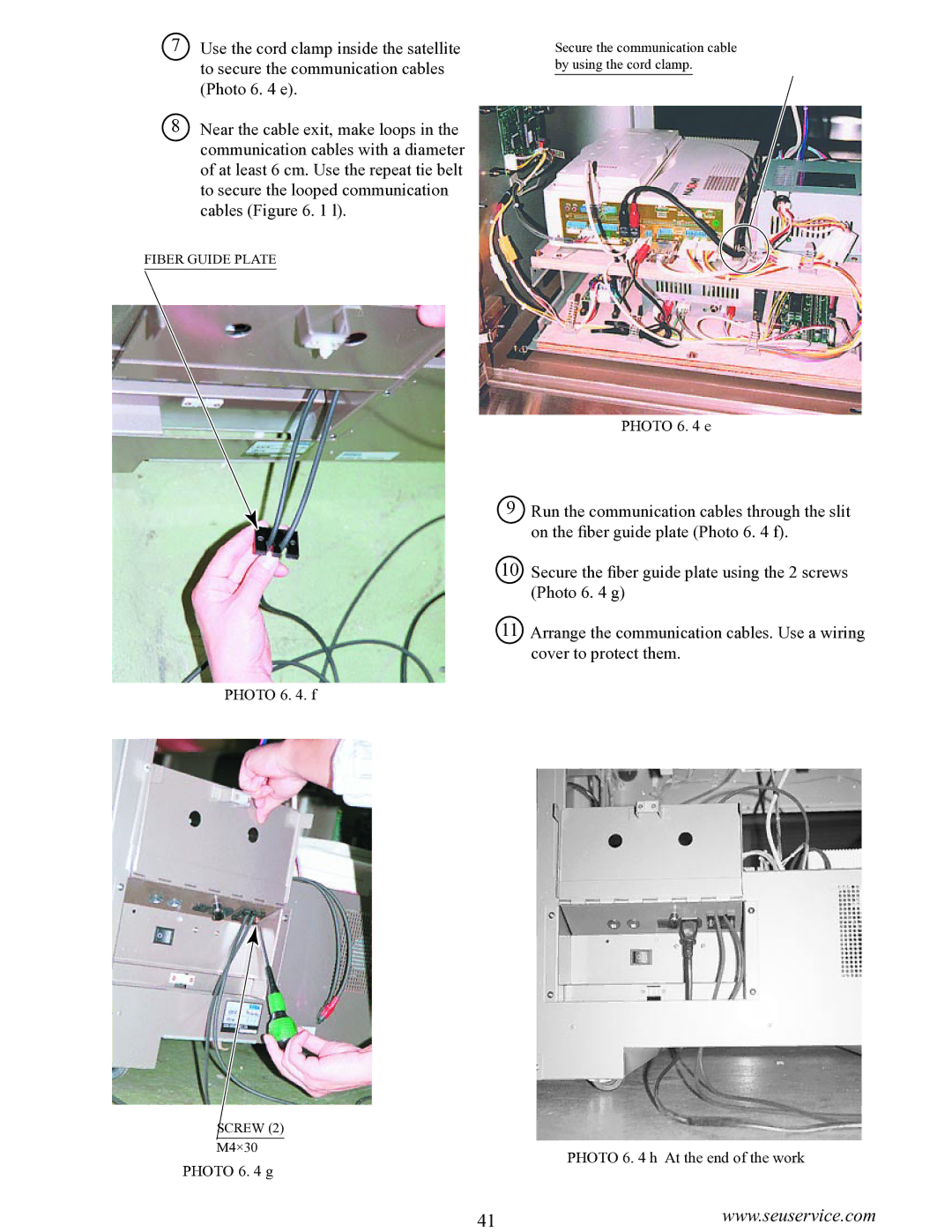Satellite TV System specifications
The Sega Satellite TV System, launched in the mid-1990s in Japan, represented a groundbreaking convergence of gaming and television. Designed primarily for the Sega Genesis, this system allowed players to enjoy games over satellite connections, showcasing the innovative spirit of the era.One of the standout features of the Sega Satellite TV System was its ability to deliver interactive content directly to users' homes. Utilizing a satellite broadcast service, it offered a variety of games that could be downloaded and played on-demand. This was a revolutionary concept at the time, as most gaming systems required physical cartridges. With the Sega Satellite, users could access a library of titles each month, including exclusive releases that were only available through this service.
The technology behind the Sega Satellite TV System was quite advanced for its time. It employed the Fujitsu's satellite broadcasting technology, which allowed for high-quality data transmission over long distances. This enabled seamless downloads of games and content, offering an experience akin to modern online gaming. Moreover, the system was equipped with a special modem that connected to the satellite dish, allowing for a direct link to the gaming library hosted by Sega.
In terms of characteristics, the Sega Satellite TV System featured a compact design that was both aesthetically pleasing and space-efficient. It included a standard Sega Genesis console that acted as the hub for gameplay, and the satellite dish was relatively easy to install for home users. The service also offered a unique system of subscription fees, allowing players to rent or purchase games on a monthly basis, which added a level of flexibility previously unseen in the gaming industry.
Despite its innovative nature, the Sega Satellite TV System struggled to gain widespread popularity. The reliance on satellite technology limited its reach, as not everyone had access to satellite services at the time. Additionally, the rapid evolution of gaming technology and the emergence of CD-based consoles soon overshadowed the Sega Satellite's unique offering.
In conclusion, the Sega Satellite TV System was an ambitious venture that combined satellite technology with video gaming. Although it did not achieve lasting success, it laid the groundwork for future innovations in interactive entertainment, ultimately serving as a precursor to the online gaming services we enjoy today. Its focus on connectivity and on-demand content paved the way for the gaming industry’s evolution into the digital realm, demonstrating Sega's forward-thinking vision at the time.

